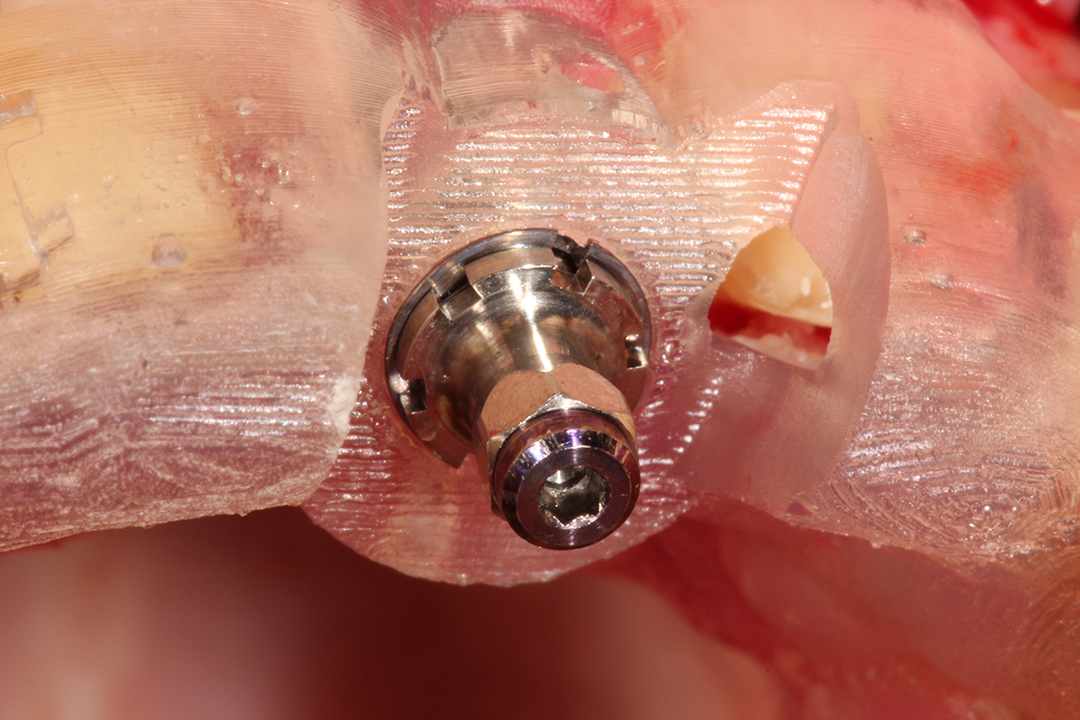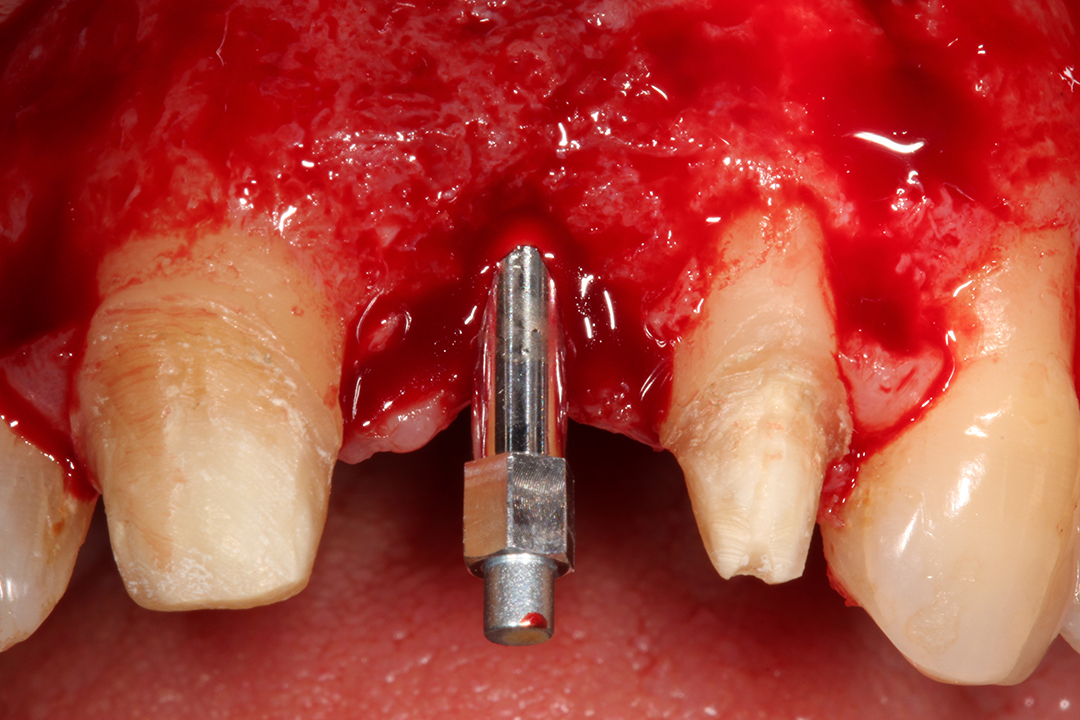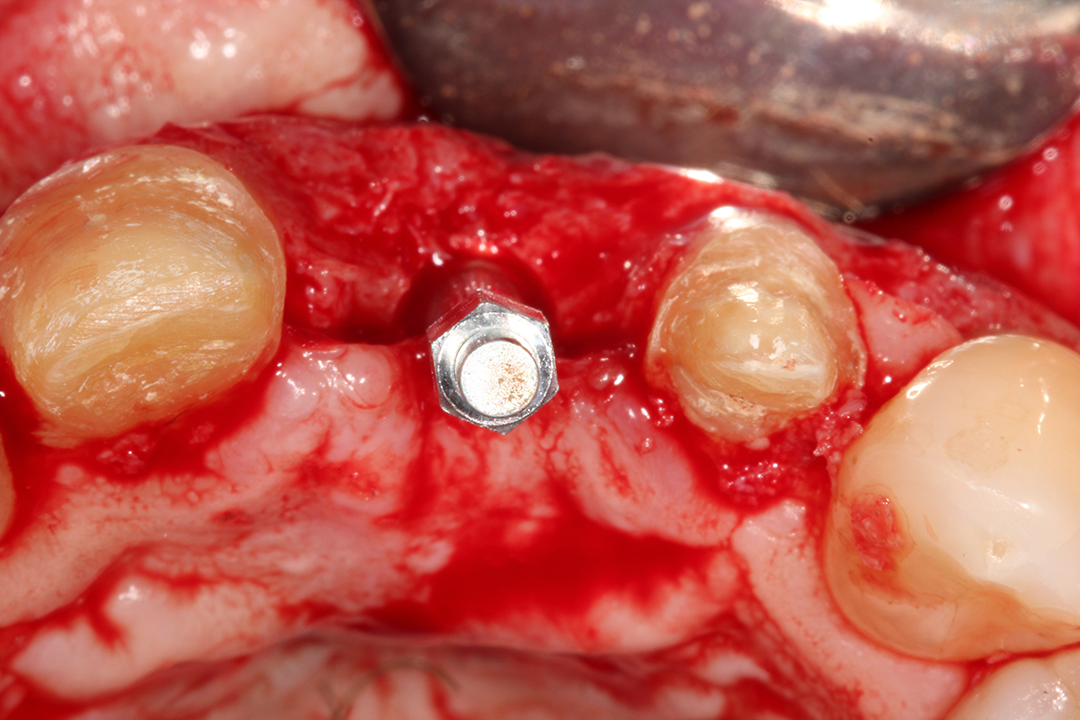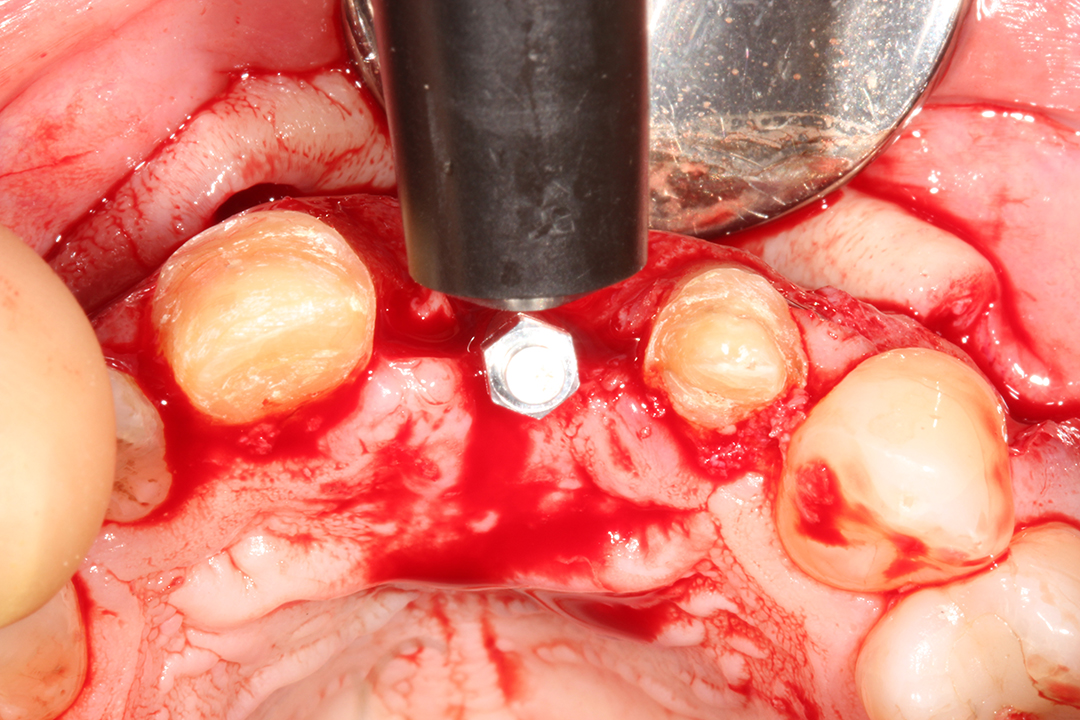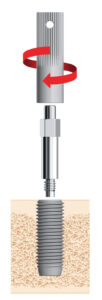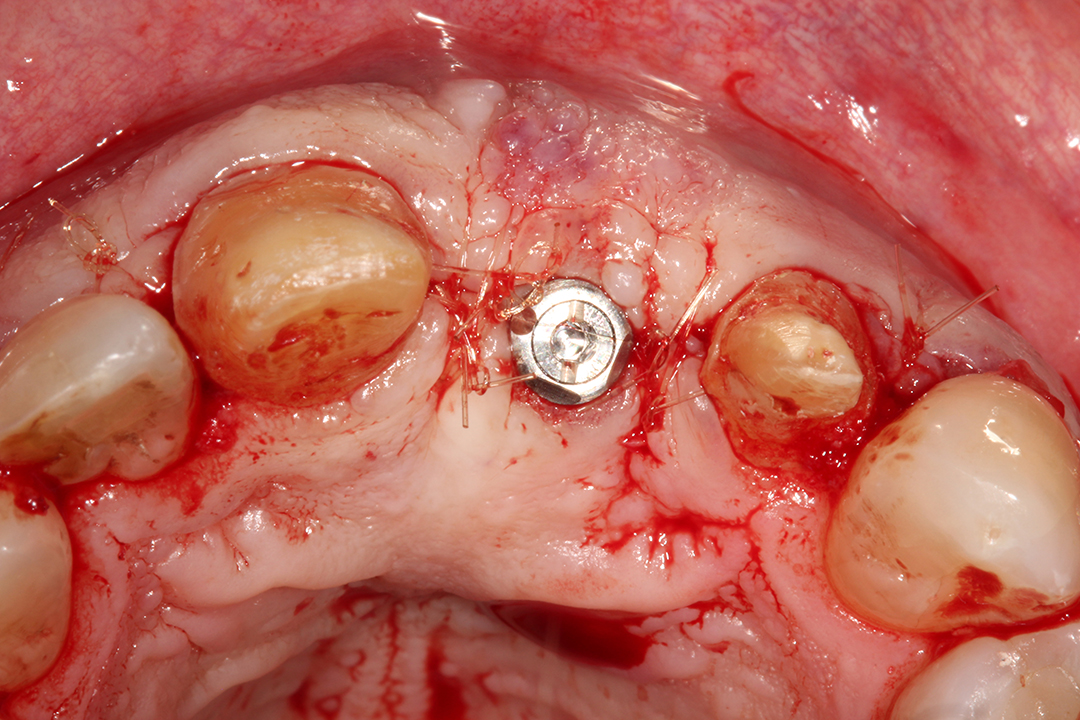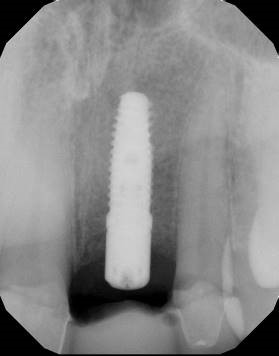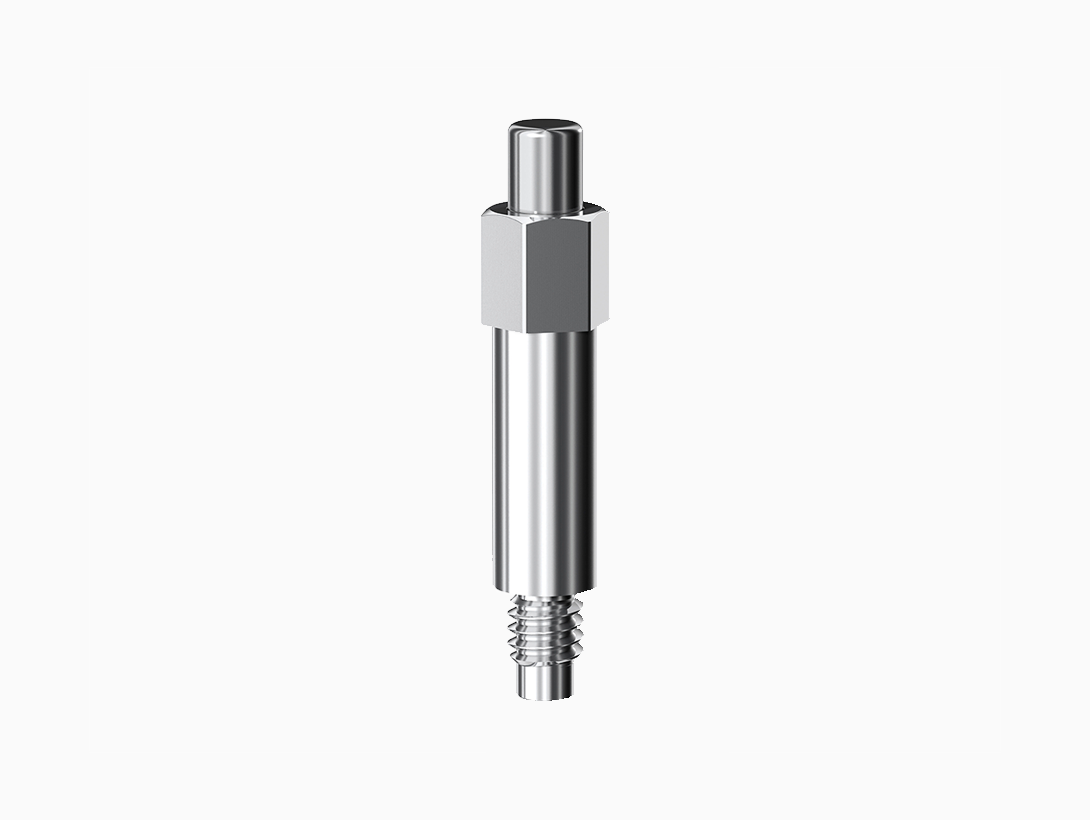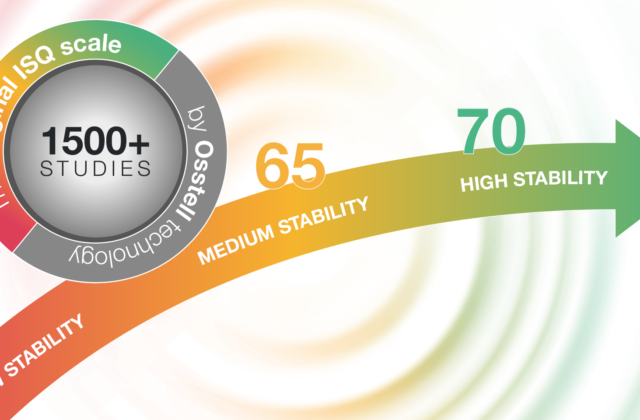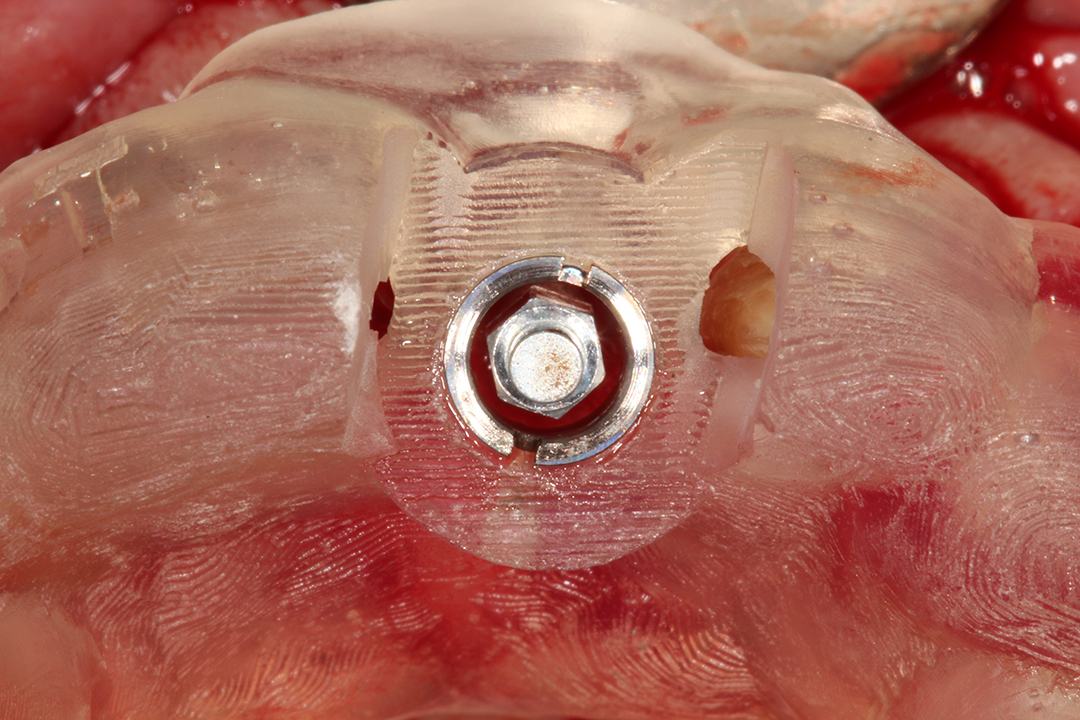
Verification & validation of implant alignment with confidence & patient safety using the SmartPeg
Nov 28, 2016
By George Mandelaris, DDS, MS, FACD, FICD
The Osstell SmartPeg system and implant stability quotient (ISQ) has always been an important objective measurement tool in our practice. The ability to have a reliable measurement analysis at the time of implant placement which can be referenced during various parts of the osseointegration process, gives me the assurance that I am recommending loading protocols based on scientific data and the most favorable timelines for predictable success. There is no doubt that its traditional use in resonance frequency assessment / ISQ measurement data has been a valuable adjunct to our implant practice over the years.
One of the other interesting opportunities that the SmartPeg presents is its use as a direction indicator. Because the SmartPeg is engaged into the implant itself, it provides a true revelation of the trajectory of the implant. This is extremely helpful when multiple implants are placed either for intermaxillary relationship evaluation or to help with alignment of adjacent fixtures. Because the SmartPeg is secured by actually engaging into the implant body with its screw thread design, I have confidence that once engaged it will not be a threat to the airway or be an aspiration risk to the patient.
This is a problem with the direction indicators from implant companies that use direction indicators that are not actually screwed into the implant, but rather engage by a rubber “O “ring clip attachments which lose their fit over time. From a patient safety standpoint, there is no comparison between the two. The attached case demonstrates using the Osstell SmartPeg as a direction indicator for verification and validation of implant placement in CT guided implant placement for #9 following 6 months of site development healing via tissue engineering.
George Mandelaris, DDS, MS, FACD, FICD
This adapted purpose of the SmartPeg, which was probably never engineered for such use by the manufacturer, is a fantastic opportunity during surgical intervention for checking implant direction in addition to understanding stability. This highlights another way the Osstell system provides value for my practice.
CT guided implant placement #9
Implant placement with SmartPeg engaged into implant showing position.
Evaluating buccopalatal trajectory and verifying palatal positioning for screw retained prosthesis
Implant trajectory evaluated relative to stereolithographic SurgiGuide guide
Measuring ISQ
The SmartPeg with screw threads which engage the implant. Its positioning holder (the mount) to tighten the SmartPeg is shown
Final implant positioning verified and validated for positional accuracy and primary stability
Final implant positioning

